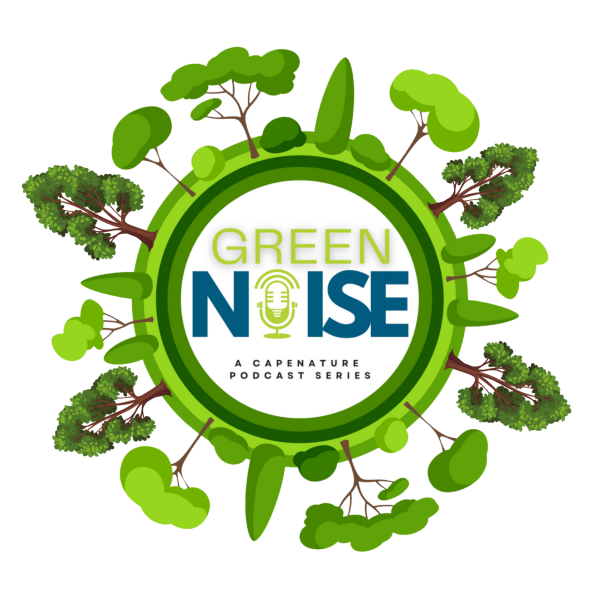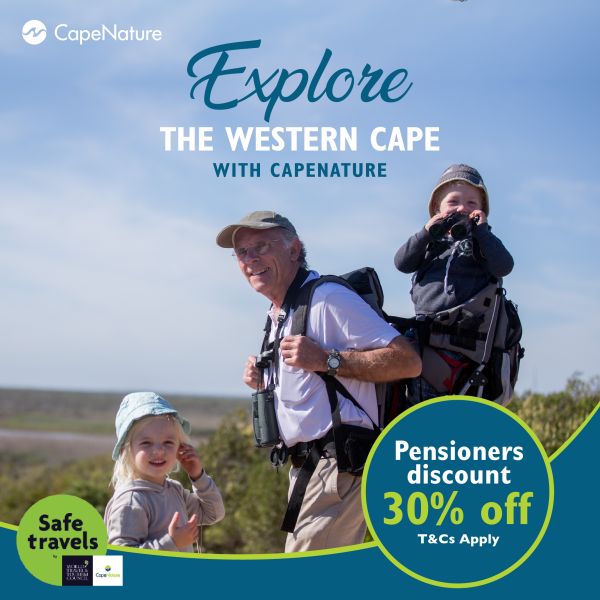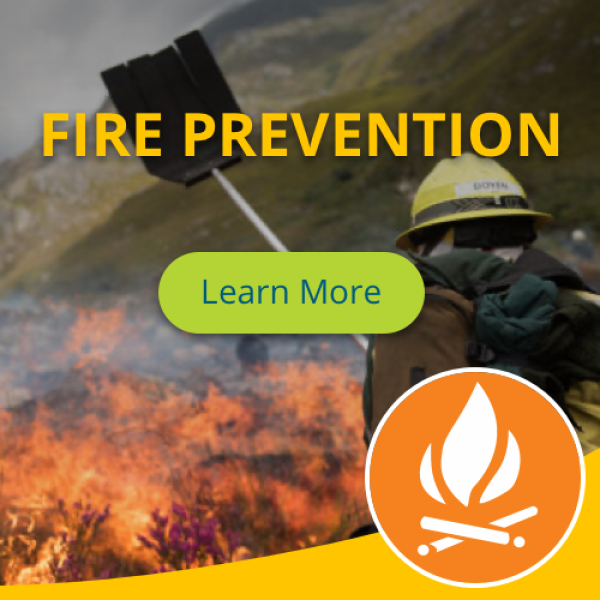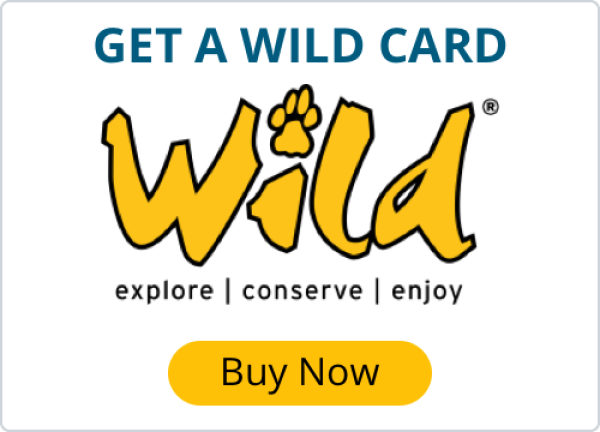

WHAT TO DO
Latest news

Public invited to comment on Draft 2024 Western Cape Protected Areas Expansion Strategy
The Draft 2024 Western Cape Protected Areas Expansion Strategy is now out for public comment. You can read all about it here.
Stripy New Arrival to Delight Visitors at CapeNature’s De Hoop Nature Reserve
Visitors to De Hoop Nature Reserve are in for a treat this month as a new foal, born just three weeks ago, joins the reserve’s small but vital population of Cape mountain zebra. The latest arrival is an exciting addition to the herd and for the conservation of this once-endangered species.
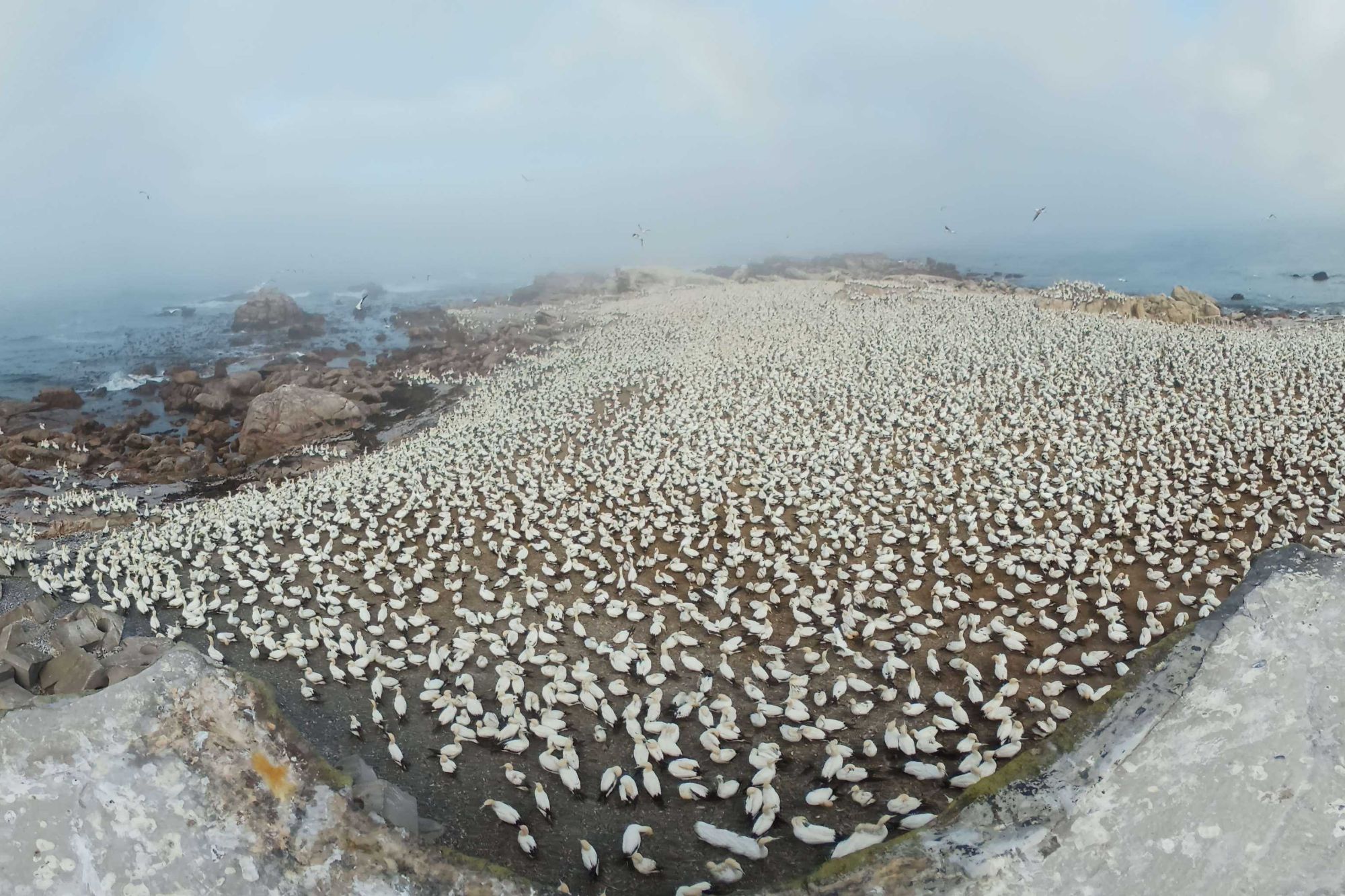
Lambert’s Bay Bird Island’s Cape Gannet colony reaches record numbers
During January 2025, the Cape Gannet population reached an impressive 45,000 individuals—its highest in 19 years! This marked a significant milestone for the island, with numbers consistently remaining in the 30,000s over the past five years.

Forge’s top five family-friendly hikes to do this festive season
It’s the festive season, baby! And for many families across South Africa, that means packing the boogie boards and hiking boots and heading out of town. CapeNature reserves are naturally a first choice for family vacations over the festive season, and we want to help you get the most out of your next trip.

Kai kisses a frog and makes a new friend

Win Big This Christmas with CapeNature
CapeNature is in the Christmas spirit and we are giving back to our loyal nature lovers! We, together with our valued sponsors are kickstarting the celebrations with our 12 Days of Christmas daily prize giveaways.
Going LIVE on the 13th of December on our Facebook and Instagram accounts!
Conservation in action
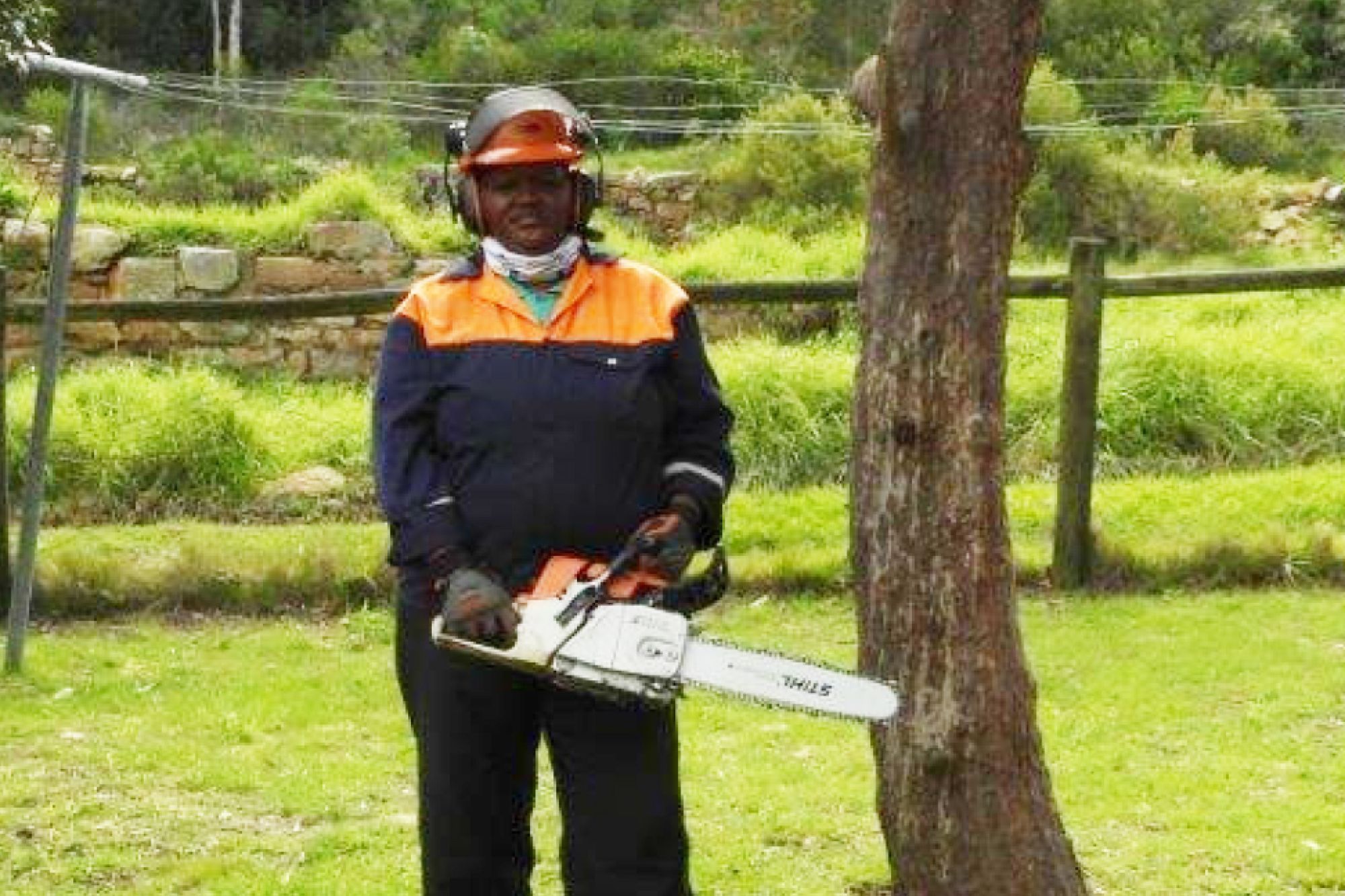
Celebrating gender equality in conservation
There is a number of women working at CapeNature in so-called non-conventional roles. The entity is known for creating an enabling environment where women employees can thrive and progress.
Groenvlei Carp Project
The Invasive Fish Species Management Non Profit Company (IFSM) consists of a group of volunteers that approached CapeNature in 2018 to remove invasive carp from Groenvlei lake by means of fishing bows.
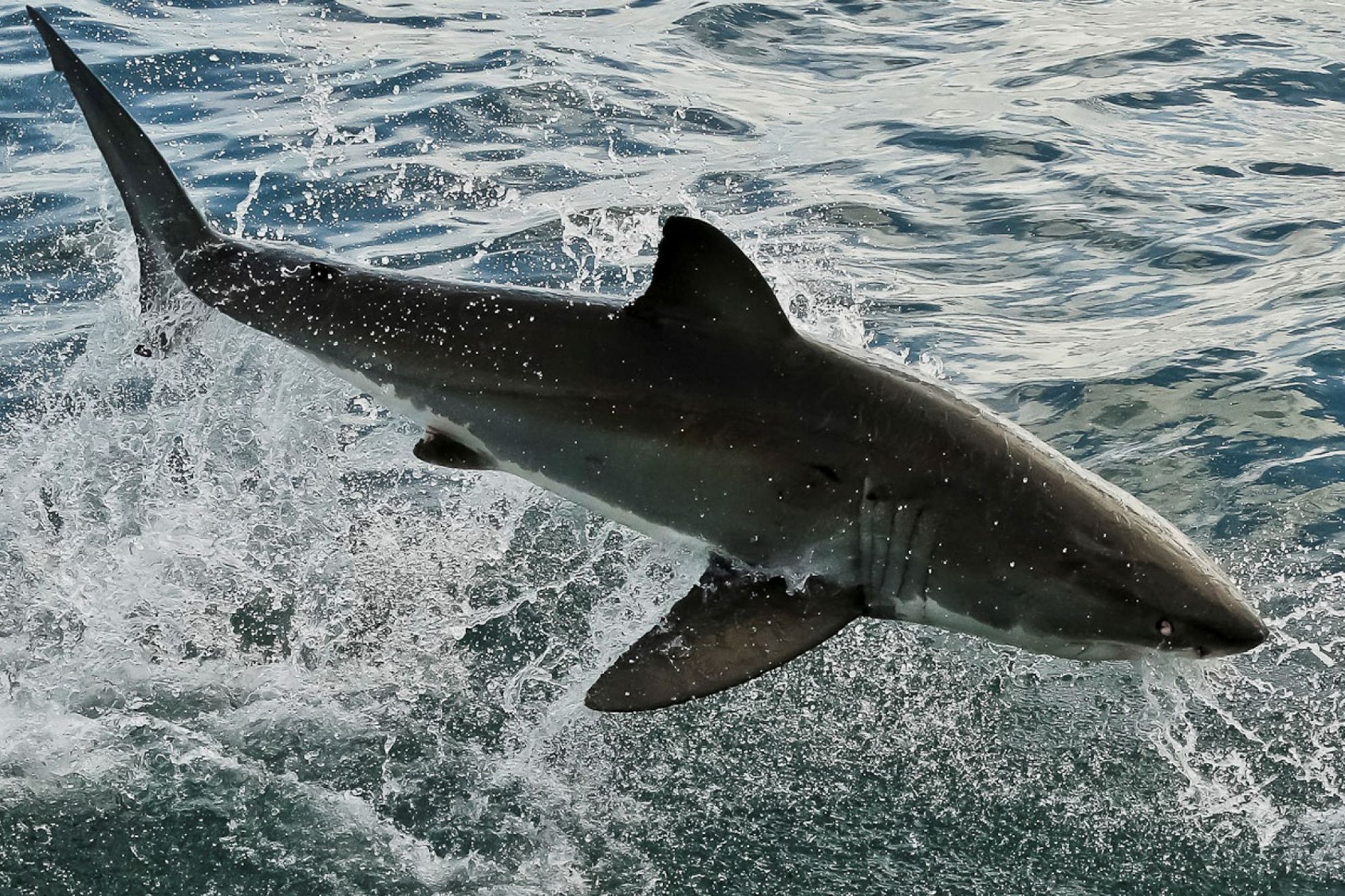
Monitoring the Great White Shark
The waters around Dyer Island are an important seasonal feeding ground for great white sharks. Researchers working through Dyer Island Conservation Trust have demonstrated a decrease in white shark sightings around the island since 2017.
Possibly extinct Brenton blue butterfly
Of the two localities at which it is known to have occurred, the Brenton blue butterfly is now extinct at one (Nature’s Valley) and possibly extinct at the other (the Brenton Blue Butterfly Reserve near Knysna).
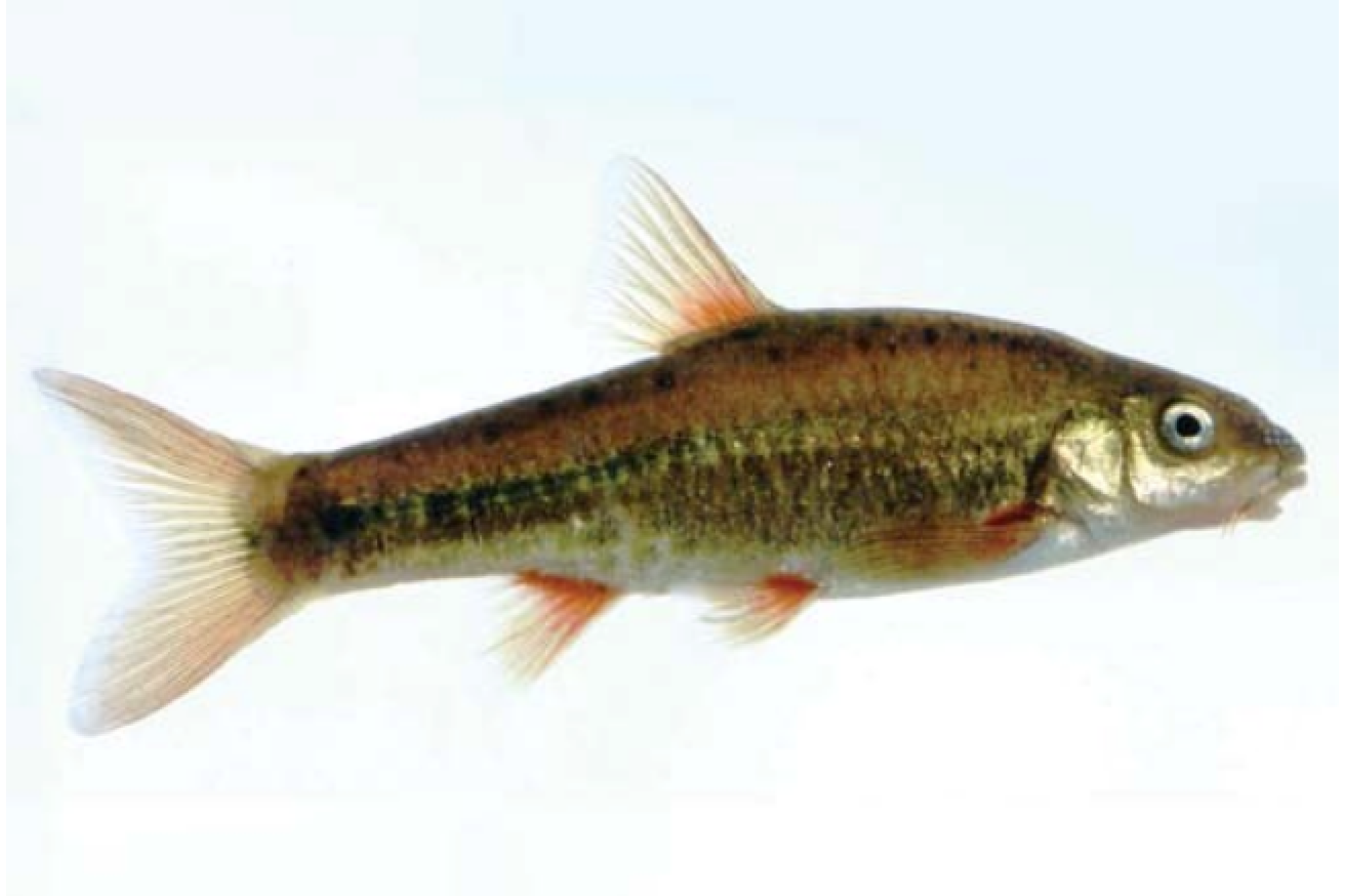
Conservation of Barrydale redfin
The tiny Critically Endangered Barrydale redfin, for example, is limited to just 40 km2 in the Tradouw catchment where it is threatened by water abstraction, pollution and alien fish.
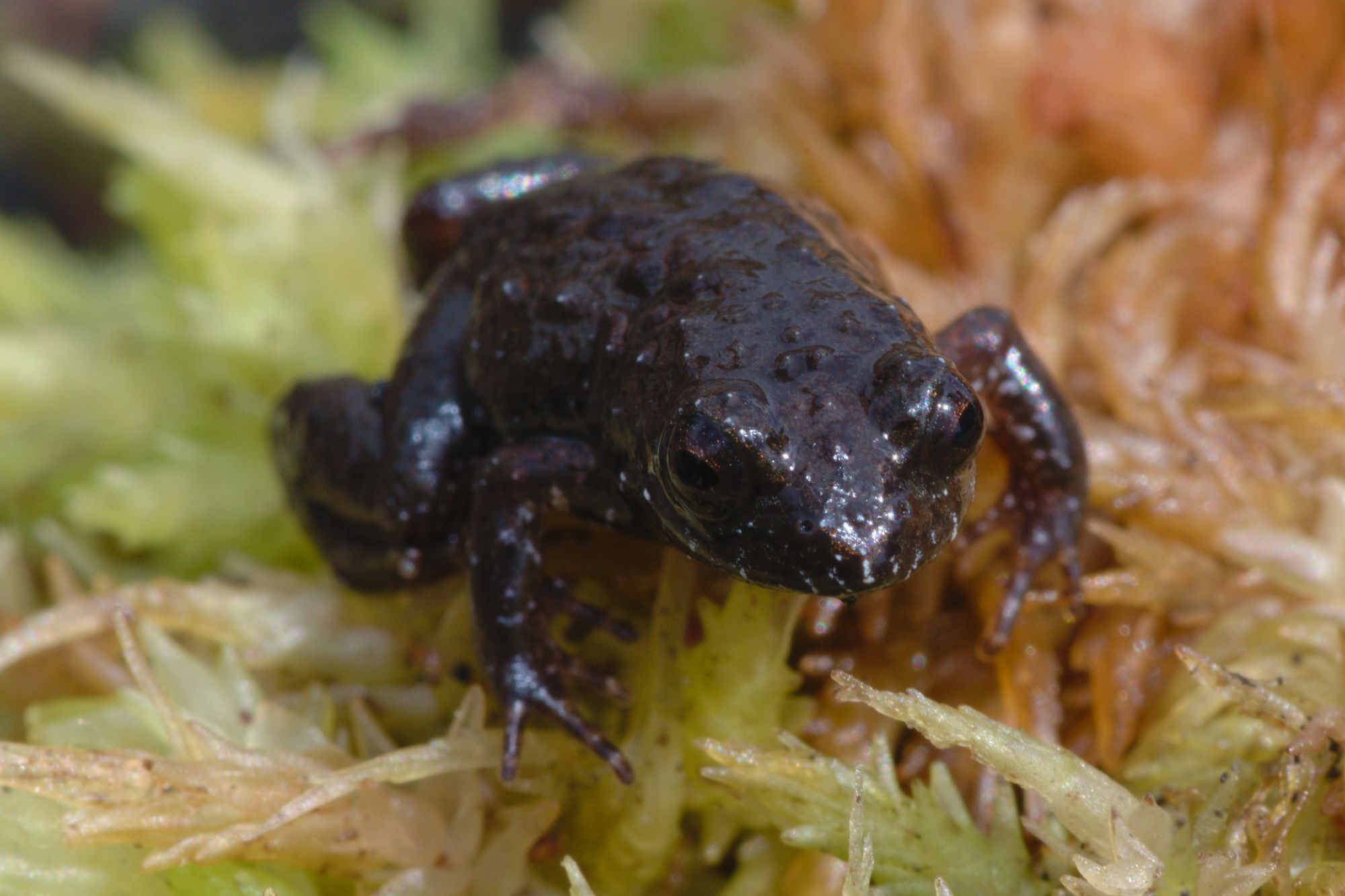
Rough moss frog
The rough moss frog occurs at a single locality on the southern slopes of the Klein Swartberg Mountain. The main threats to this species are invasive alien plants and too-frequent fires.
Events Calendar
International Zebra Day
International Zebra Day
CapeNature Conservation Review 2024
CapeNature Conservation Review 2024World Wetlands Day 2024
World Wetlands Day 2024Featured accommodation
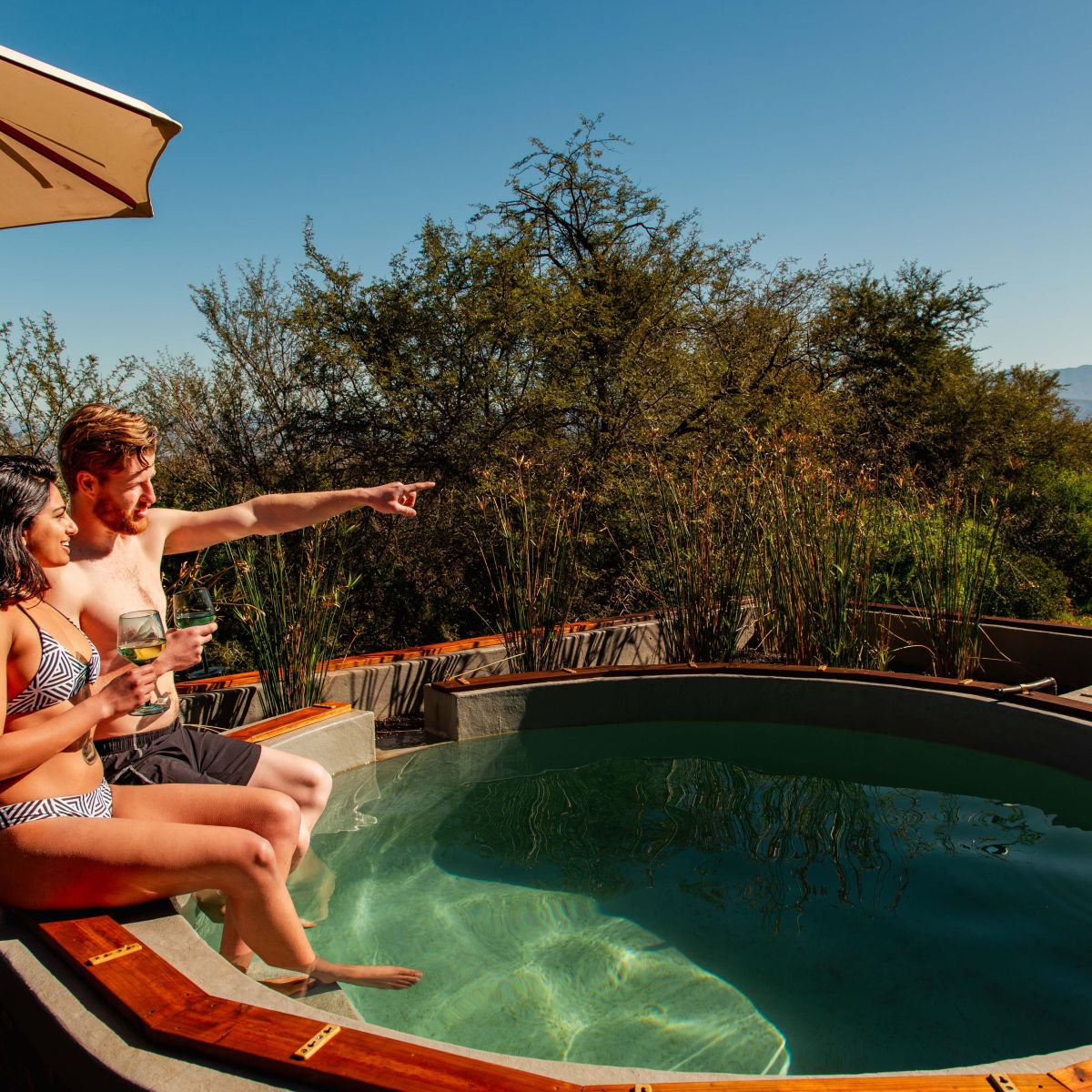
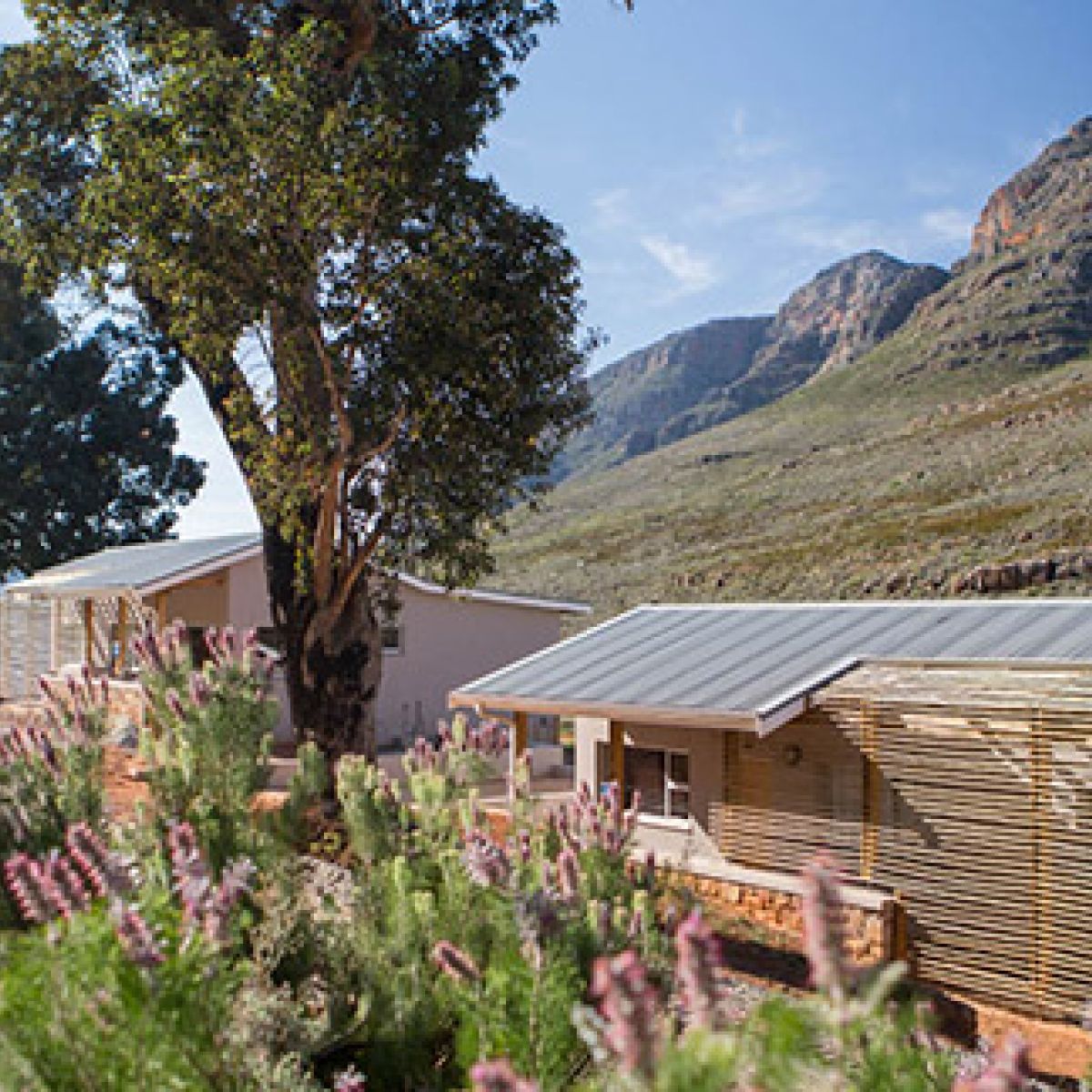
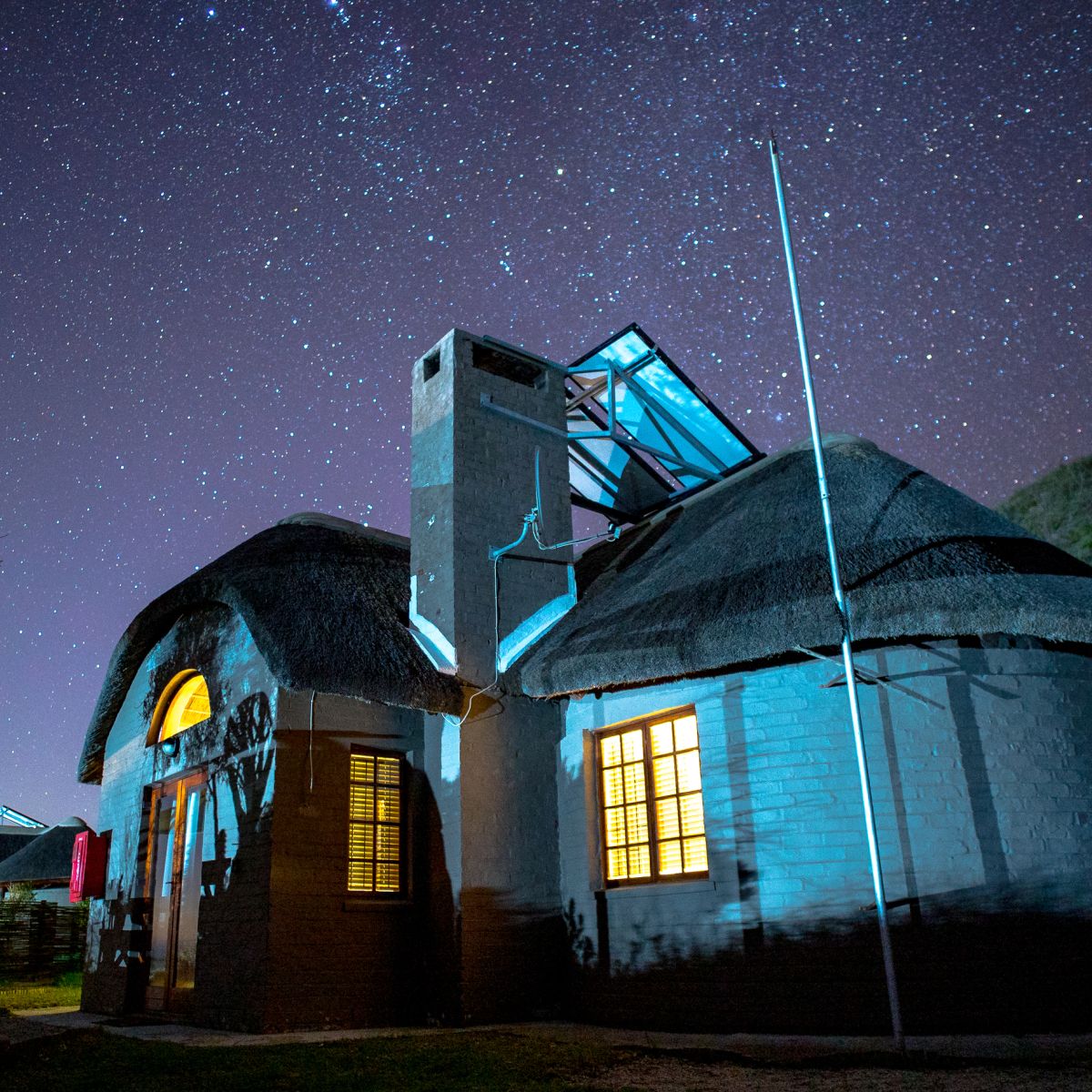

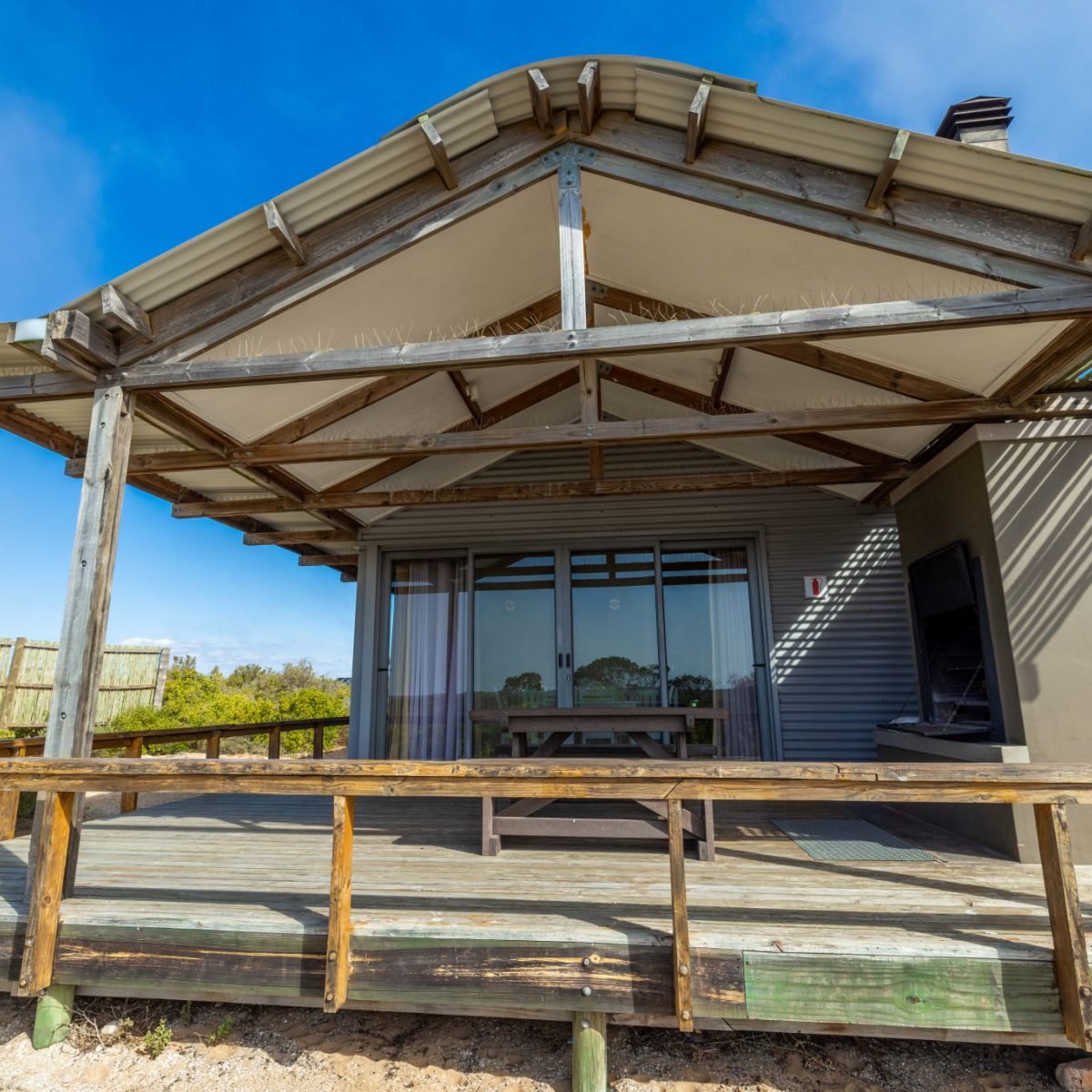
Reviews
Featured reserves

Goukamma Nature Reserve
We recommend that you use a vehicle with a high ground clearance when traversing on reserve.
Goukamma Nature and Marine Reserve was proclaimed a marine protected area in 1990 and it is heralded as one of the country’s conservation success stories. The reserve stretches along 16.5km of the coastline between Buffalo Bay and Platbank, and 2 500 hectares inland.
Buffalo Valley’s three self-catering timber lodges are fully equipped and sleep between four to six people.
Buffalo Valley is a large conservation area two kilometres from the warm Indian Ocean.

Marloth Nature Reserve
Marloth Nature Reserve is hidden away in the imposing Swellendam Mountains, between Swellendam, Ashton, Barrydale and Suurbraak. The peaceful reserve, which is 14 123 hectares in size, is managed together with 16 532 hectares of privately owned land, and is a World Heritage Site.




